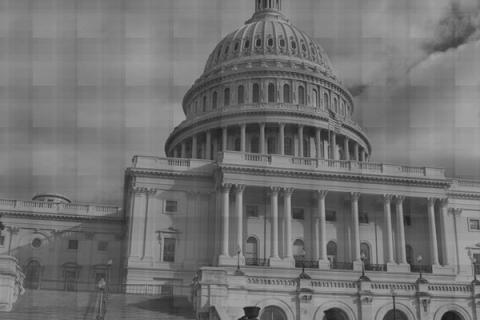Released this morning, the US Treasury announced that it will sell its remaining 23.4 million shares of American International Group at $32.50 per share, totaling almost $7.6 billion. The sale confirms an overall return of $22.7 billion to the federal government, after the initial AIG bailout cost taxpayers $182.3 billion. As the government ends its 16% ownership of AIG, taxpayers are speculative of the institution's underlying fiscal health.
To address the issue, the Treasury department stated,
"Since the financial crisis, AIG has undertaken a dramatic restructuring effort, which put it in a stronger position to repay taxpayers. The size of the company has been cut nearly in half as it sold non-core assets and focused on its core insurance operations. AIG's Financial Products unit (AIGFP) is continuing to be wound down and has cut its legacy derivatives exposure by more than 93 percent to date."
The AIG bailout constituted about 43 percent of federal funds distributed under the Troubled Assets Relief Program (TARP). According to the Treasury, to date "more than 90 percent ($380 billion) of the $418 billion funds disbursed for TARP have already been recovered" from industry repayments and other income.
This marks a positive milestone for the program, which has undergone much public scrutiny since its enactment in 2008. In its annual report to congress regarding TARP, the Treasury found,
"... [T]he Troubled Asset Relief Program has worked: it helped stop widespread financial panic, it helped prevent what could have been a devastating collapse of our financial system, and it did so at a cost that is far less than what most people expected at the time the law was passed."
Alongside the Treasury's report, AIG President and CEO Robert H. Benmosche released a statement saying, "We are very pleased to repay 100 percent of all that America invested in AIG plus a total combined positive return or profit of $22.7 billion."
Although $38 billion in TARP funds remain to be paid back, the figure could be misleading. A Government Accountability Office report from March suggested that nearly half of capital purchase payments under TARP were from publicly-funded programs funneled through banks. "As of January 31, 2012, 341 institutions had exited CPP, almost half by repaying CPP with funds from other federal programs."
AIG's fiscal position appears to be fairly strong, especially when compared to several years ago. However, whether or not the TARP program has actually solved underlying institutional hazards, or simply papered over them remains debatable.

